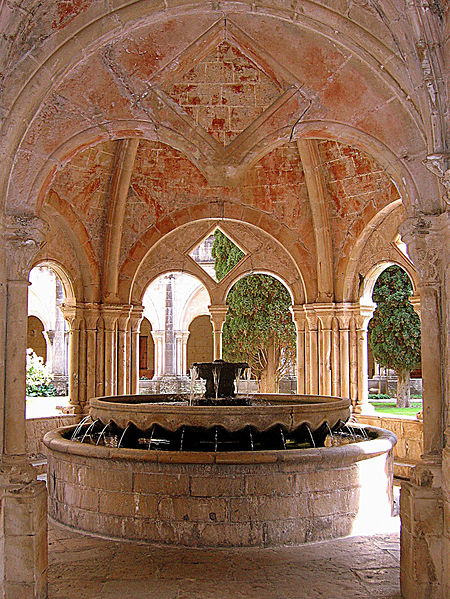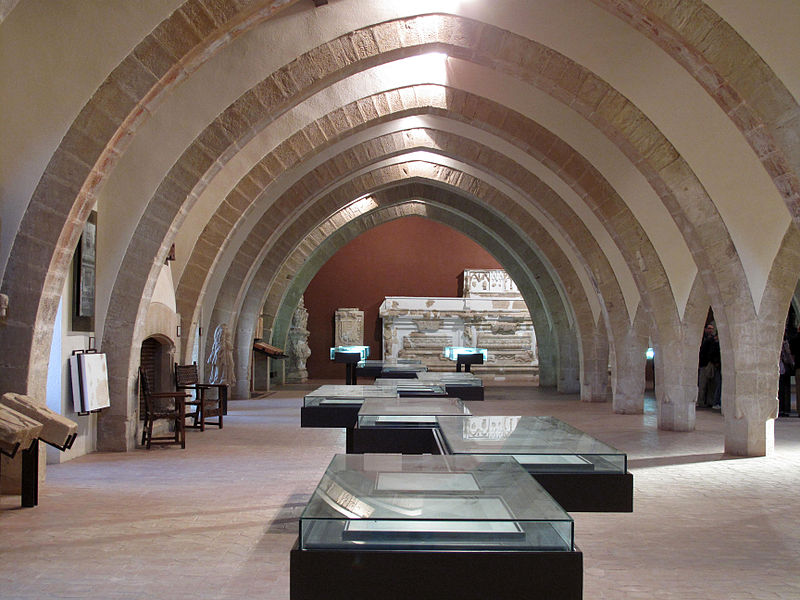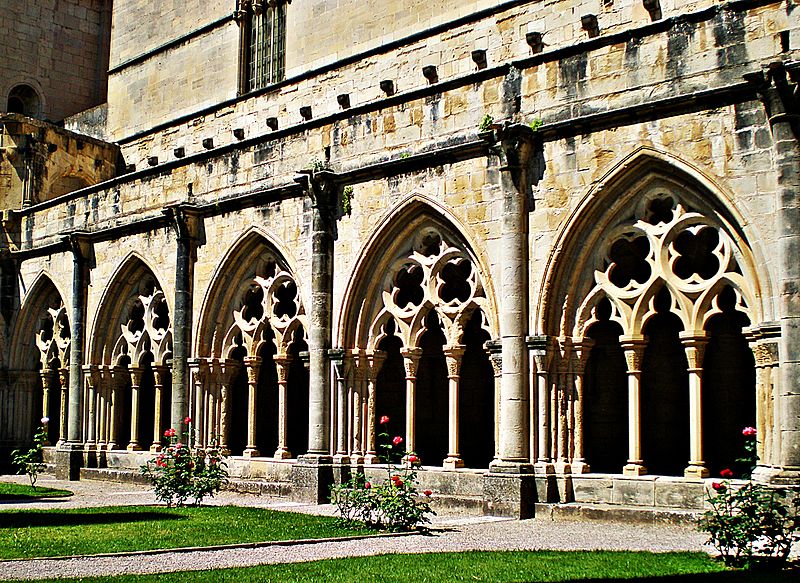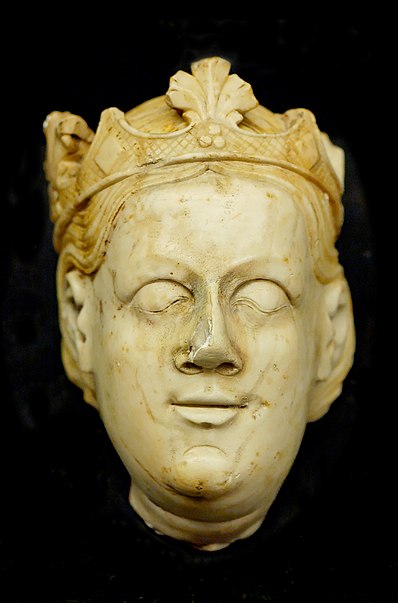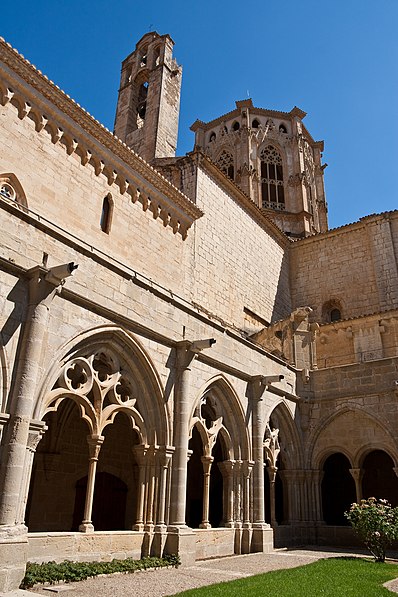Poblet Abbey
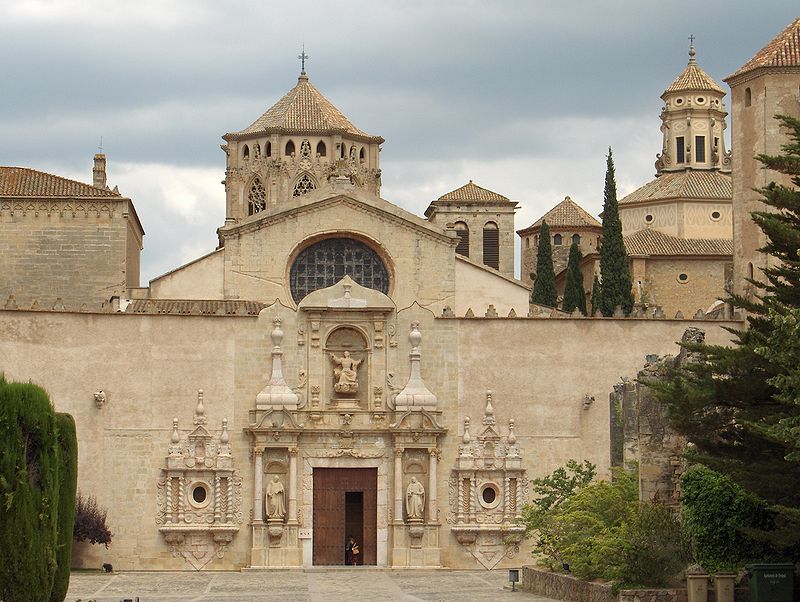
Facts and practical information
Nestled in the scenic foothills of Catalonia, Spain, Poblet Abbey stands as a testament to the piety and architectural ingenuity of medieval Europe. Officially known as the Royal Abbey of Santa Maria de Poblet, this Cistercian monastery was founded in 1151 and quickly emerged as one of the most powerful abbeys of its time.
With its imposing walls and fortification towers, Poblet Abbey was not only a center for spiritual life but also played a significant role in the region's defense. The monastery is a stunning example of religious architecture, showcasing the transition from Romanesque to Gothic styles. Its grandiose church, refectory, cloisters, and royal tombs all narrate the story of a bygone era when the monastery flourished as a hub of religious and cultural influence.
Poblet Abbey is revered as the burial place of many kings and queens of Catalonia and Aragon, which adds to its historical and political significance. The pantheon of royal tombs is a work of art in itself, with intricate sculptures and effigies that pay homage to the monastery's royal patrons.
After falling into disrepair and abandonment in the 19th century, Poblet Abbey underwent extensive restorations and was declared a UNESCO World Heritage Site in 1991. It now stands as a cherished landmark, drawing visitors who come to marvel at its architectural splendor and delve into its rich history.
Poblet Abbey – popular in the area (distance from the attraction)
Nearby attractions include: Tossal de la Baltasana, Mola dels Quatre Termes, Museu de la Vida Rural, Prades.


